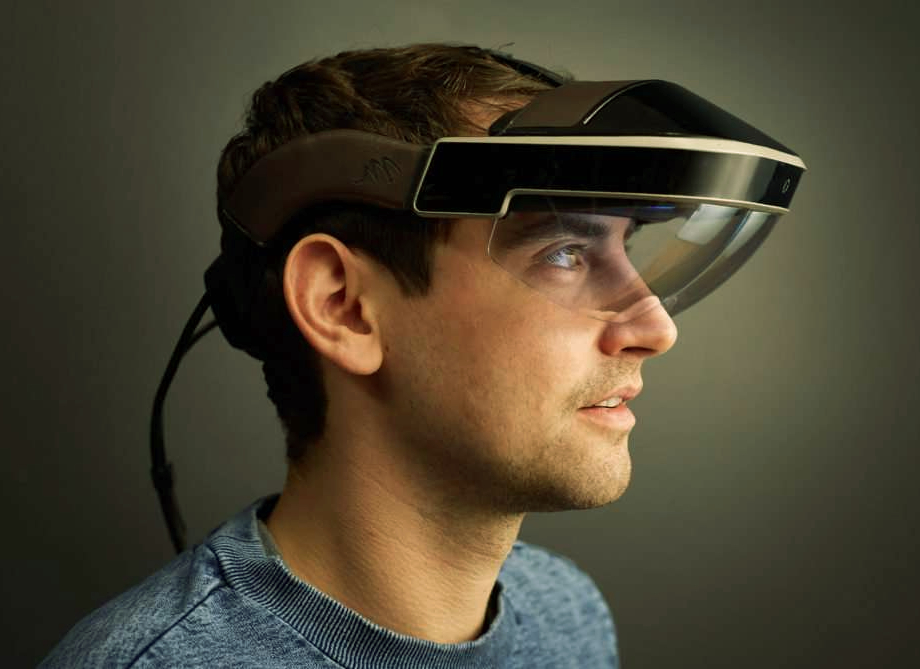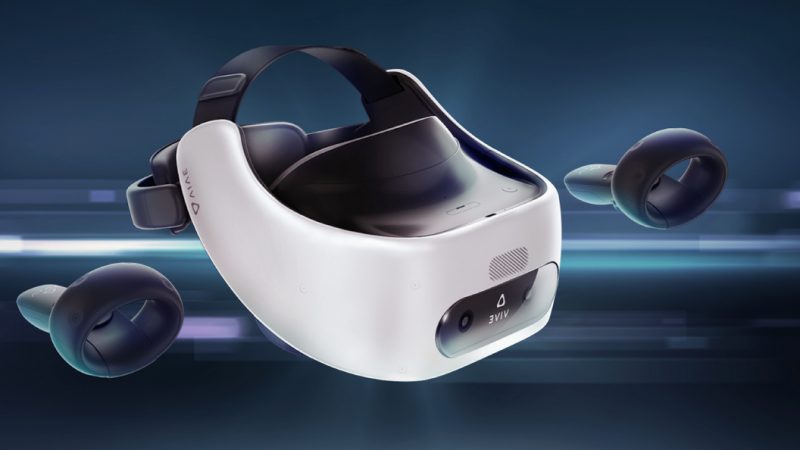The Technology that Will Push VR Beyond the Limits of Human Eyes
While big tech wants to excite us about the metaverse’s arrival, today’s virtual reality hardware may not be up to its lofty goals. Experts say that new materials and designs are being developed to make better displays with more pixels per inch.
Silicon Valley is betting billions that the internet will undergo the biggest shift since the invention of the smartphone. The idea is that most people will access the internet via wearable headsets, which transport them into virtual realms, rather than tapping on a touchscreen.

The virtual and augmented reality today is still very primitive. Although companies such as Meta, Microsoft and Google have already started selling virtual and augmented reality headsets, their use cases have been limited and they still lack the high-definition standard we have come to expect for digital entertainment.
Current display technology is one of the greatest limitations.
A VR headset has screens that are only a few centimeters from our eyes. This means they must pack a lot of pixels in a small area to achieve the same definition as the 4K TVs.
This is impossible considering today’s displays. However, in a perspective published last Wednesday in Science, researchers at Samsung and Stanford University claim that emerging technologies could soon bring us closer to the theoretical limit on pixel density, allowing for powerful new VR headsets.
The fact that displays are being made smaller, more affordable, and more efficient makes it difficult to improve their performance. Devices of today are heavy and bulky, which limits their use in a variety of contexts.
Next >>








